In 1789 England was ripe for reform. The loss of the American colonies and the impact of the French Revolution had left middle class dissenters dreaming of a better future. Influenced by French Jacobin ideals, the printing press was used by literate radicals to fight for parliamentary reform.
The written word during this period played a crucial role in the dissemination of radical ideas. People who were discovered reading, discussing and distributing such tracts were at great risk from arrest by a government determined to prevent social upheaval.




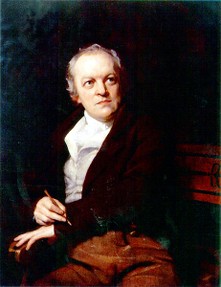
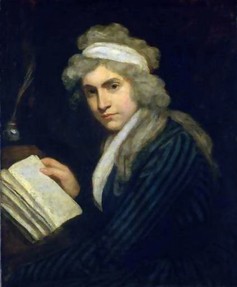


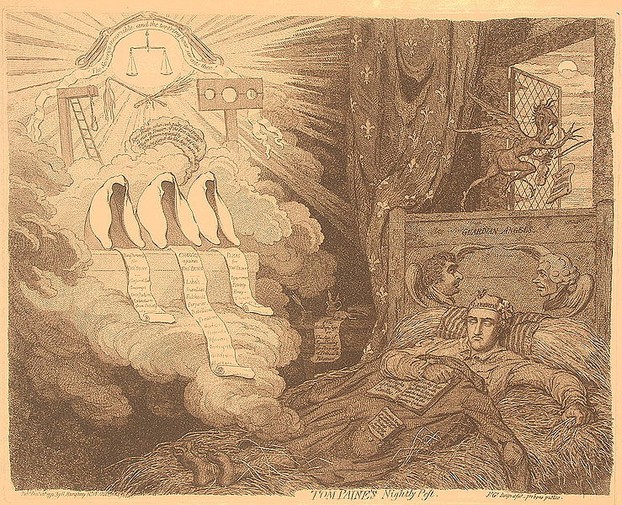
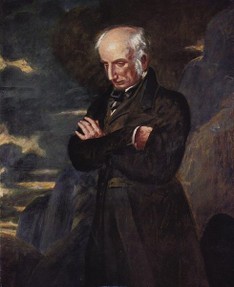

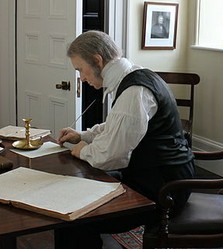

 How to Choose a Walking Cane or Stickon 08/01/2014
How to Choose a Walking Cane or Stickon 08/01/2014
 Michael Miller Fabulous Fabric Swatches for Quilting, Crafts etcon 07/02/2014
Michael Miller Fabulous Fabric Swatches for Quilting, Crafts etcon 07/02/2014
 The Drama of Life in the Rock Poolon 06/08/2014
The Drama of Life in the Rock Poolon 06/08/2014
 The Flâneur - Symbol of Modernity in 19th Century Parison 05/09/2014
The Flâneur - Symbol of Modernity in 19th Century Parison 05/09/2014

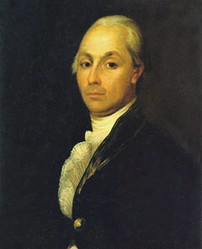
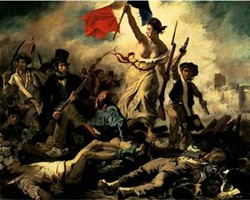
Comments
I agree Jo!!
I love this period in history, especially since it proved categorically that the pen is mightier than the sword.